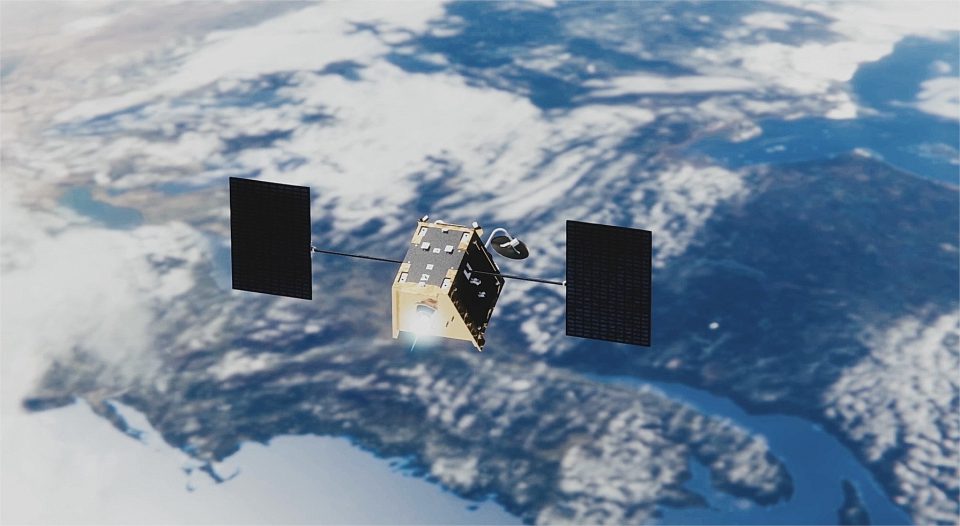What will be the future?
The Internet is everything in the modern world. The one with the fastest internet wins the race in this digital world. Hence in order to keep up with the demands of the digital market, companies and even individuals, many communication companies tries out different stuff. And this competition has reached the sky. Literally the competition is in the skies now.
On may 28, a company named OneWeb successfully launched 36 satellites, joining with the others, with a total count of 218 satellites in orbit named as low earth orbit (LEO). This company is just one launch away from offering internet connection to all northern regions of 50 degree latitude called 5 to 50 service. It won’t take long, since 5 to 50 service is expected to be presumed from June 2021. OneWeb is planning to reach India by 2022 with 648 satellites.
To those who don’t know what OneWeb is – OneWeb is a global communications company. It aims to deliver broadband satellite internet around the world through LEO satellite. OneWeb was declared bankrupt in 2010 but later was able to resume operations, thanks to the inflow of investment from a consortium of the UK government and Bharti Global, Investment of $1 billion in new equity into OneWeb. Hughes Communication, Sunil Mittal’s, SoftBank and Eutelsat, a leading European satellite operator are among the other investors.
The satellites of OneWeb are built at OneWeb and Airbus joint venture facility in Florida. They can produce at the rate of up to two satellites per day. The launch roll-out of the satellites is facilitated by French company Arianespace using Russian made Soyuz rockets.
Since the 1990s, LEO satellites have been orbiting the planet. It provides various communication services for both companies and individuals. LEO is a low orbit satellite, positioned around 500km-2000km from earth, whereas the stationary orbit satellites orbits approximately 36,000km away. Because of this low orbit, they’re able to provide stronger signals and faster speeds than transitional satellites. And also signals travel faster through space than through fibre optic cables. The LEO satellites orbit around 27,000 kph, fast enough to orbit a full circuit of the planet in 90–120 minutes. Because of this, the satellite would be around for a short period of time near the transmitter to provide signal. That’s why LEO requires a larger fleet of satellites, providing signals all around.
OneWeb is not alone ruling the sky. In fact it stays behind it’s competitor Starlink, a venture lead by Elon musk’s SpaceX. Starlink aims for the same thing that OneWeb is aiming for, the internet through satellites. But Starlink is ahead of OneWeb. They have launched 1,385 satellites and they are in orbit now. They have also started beta tests in North America and are initiating pre-registration for countries like India. Starlink is a low orbit satellite, lower than the LEO which we saw, hence they need more satellites than OneWeb.
Both these satellites are in low orbit, so rivalry is natural. OneWeb has complained that the lower altitude of Starlink interferes with their services and also increases chances of collision among them. After a year of long battle, Starlink won legally to modify it’s operating licence to fly 2,800 more satellites closer to earth.
These two are not the only ones trying such projects out. Amazon with its Project Kuiper initiative announced it’s space satellite project in 2019. Heavyweights like Google and Facebook also tried their fair bit of experiments. But Starlink and OneWeb are way ahead of other competitors.
During the early space explorations and satellite launches, the government dominated all these events. But now there is a huge shift from country to company. According to Euroconsult, 1250 satellites will be launched annually this decade, 70% of it being for commercial purposes. Such is the current scenario. Even the government tied up with SpaceX for it’s satellites. Not to forget that all these satellites are potential space junk in future, with the current space junks being a huge headache all this might add up in near future.

